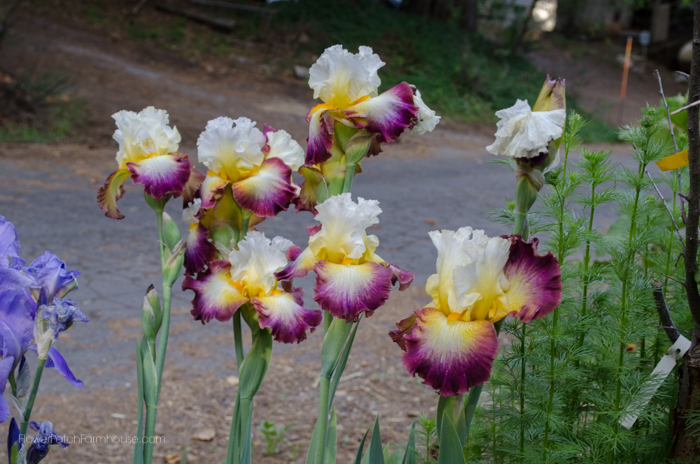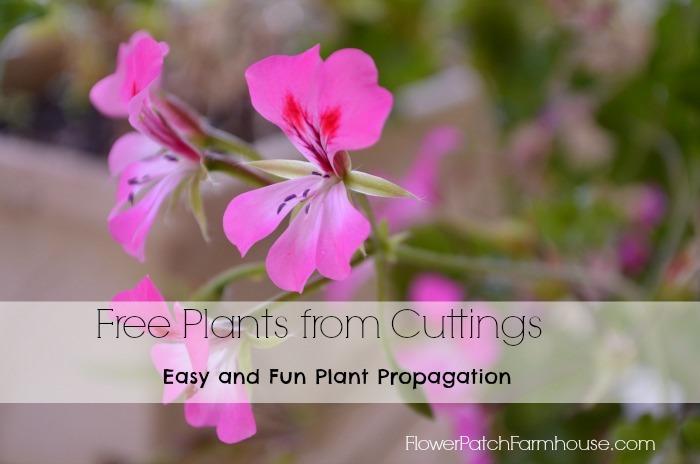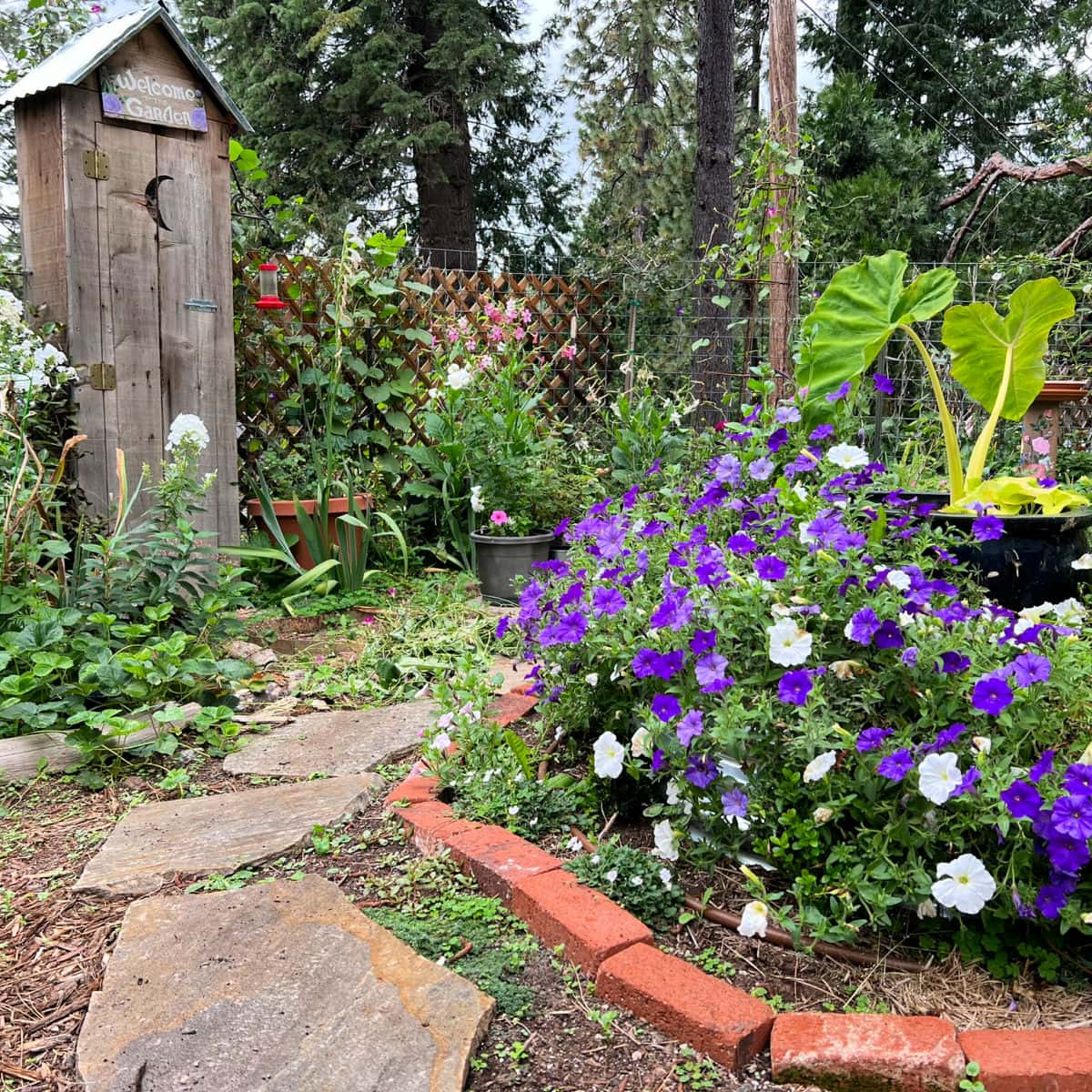Deadheading Coneflowers
The Art of Deadheading Coneflowers: A Gardener’s Guide
Discover the benefits and techniques of deadheading coneflowers in this easy-to-follow guide. Learn how this simple gardening practice can promote more blooms, extend flowering seasons, and maintain plant health for a vibrant garden.
As a gardener, you’re likely familiar with the subtle beauty of purple coneflower. (Echinacea spp.).
These hardy plants, native to North America, add a splash of color to any garden with their daisy-like flowers that come in hues of purple, pink, white, and yellow.

This post contains affiliate links. If you make a purchase after clicking a link I may make a small commission at no cost to you.
But to keep these beauties thriving and putting on healthy growth, deadheading is an important practice.
In this post, we’ll delve into the art of deadheading coneflowers, discussing its importance, benefits, and the step-by-step process to do it correctly.
Echinacea will grow in USDA hardiness zones 4-9 and maybe beyond.
What is Deadheading?
Deadheading is the process of removing spent flowers from plants before they produce seed heads. This practice is not only about keeping your garden looking tidy; it plays a significant role in the health and flowering capability of your plants.
For more on deadheading flowers see this post!
With coneflowers aka echinacea purpurea, removing dead flowers or the spent flower head encourages new growth and more flower buds which extends the blooming period, and helps prevent the spread of diseases.
For a full post on how to grow echinacea or coneflower plants press here.
all the best garden tips and tricks
3 Ways to Grow Echinacea from Seed!
Why Deadhead Coneflowers?
Promotes More Blooms
Deadheading stimulates coneflowers to produce more flowers. By removing the spent blooms, you redirect the plant’s energy from seed production to flower production.
Extends Blooming Season
Coneflowers can bloom from early summer to fall. Regular deadheading can help extend this period, giving you a longer display of their beautiful flowers and a bushier plant.
Prevents Self-Seeding
While some gardeners enjoy the naturalized look of self-seeded coneflowers, others prefer to control the plant’s spread. Deadheading prevents the flowers from developing seeds and self-seeding in places you do not wish them to be.
It is important to note that self-seeded echinacea aka coneflowers do not always come true. Meaning they will not always be the same color as the parent plant as they may have cross-pollinated with other colors.
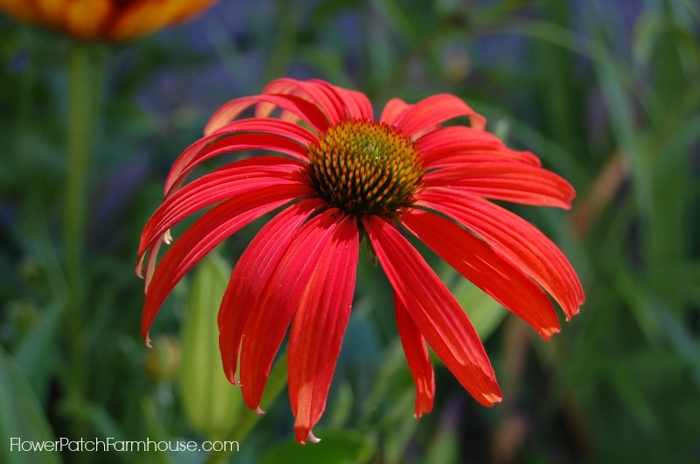
Disease Control
Removing spent blooms can help prevent the spread of diseases, such as powdery mildew, which can be more prevalent in crowded, over-seeded areas.
Aster Yellows is another nasty disease and you will need to remove the entire plant and dispose of it. Do not add it to your compost pile!
I had mites infect my echinacea last summer but removing the flower heads helped to get rid of them and I was able to get fresh blooms that were not infested.
How to Deadhead Coneflowers:
Wait for the Right Time:
Start deadheading when you notice the petals of the coneflowers begin to fade and droop.
Tools You Need:
Use a pair of clean, sharp pruning shears or snips. Disinfect them before use to prevent the spread of disease. (truthfully, I don’t always do this as I rarely have disease in my garden but it is a good recommendation)
These are my favorite deadheading snips. Check today’s price.
Identify the Spent Flowers:
Look for flowers that have lost their vibrant color and have petals that are wilting or falling off.
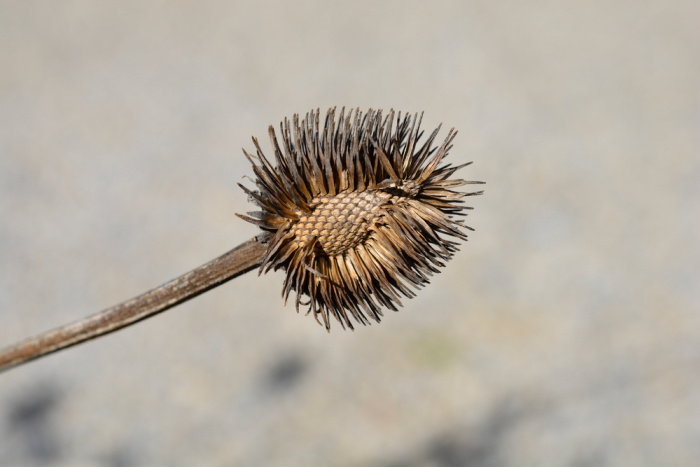
Cutting Technique
Cut the stem of the spent flower back to a set of leaves or a new bud. Some recommend cutting at a 45-degree angle to promote water runoff and prevent disease but that is bunk. Just cut them off, there is no specific angle
Continuous Care:
Continue to monitor your coneflowers throughout the blooming season and deadhead as necessary.
all the best garden tips and tricks
Grow a Cut Flower Garden for Beginners!
Coneflowers make great cut flowers. They love full sun and don’t mind poor soil. Their bloom time or growing season is from early spring to late summer depending upon your local conditions.
In late Fall, if you let the flower heads remain, they will set seed. Birds can feast on them in winter, and what falls to the ground will grow into new plants with loads of new blooms next year.
Your established echinacea or coneflowers will go dormant for the winter months and get a fresh start when warmth returns. Make sure they are planted in beds with well-drained soils.
Newer varieties may be sterile hybrids and not set viable seed. Do you have new coneflowers that are sterile? You can root divide them, see that here.
All the best garden ideas
You Can Divide Echinacea
Learn how to divide Echinacea Coneflower one step at a time. This is a super fast way to get more of the echinacea plant you love and make sure the color stays true.
Deadheading coneflowers is a simple yet essential gardening practice that can significantly impact the health and aesthetic appeal of your garden. By investing a little time and effort into deadheading, you can enjoy a more vibrant, longer-lasting display of these stunning flowers.
So, grab your pruning shears and give your coneflowers the care they deserve!

